Why Do Golf Clubs Have Numbers And What Do They Mean?
The numbers on the bottom of golf clubs can be confusing, especially for beginners. Here's what they all mean...
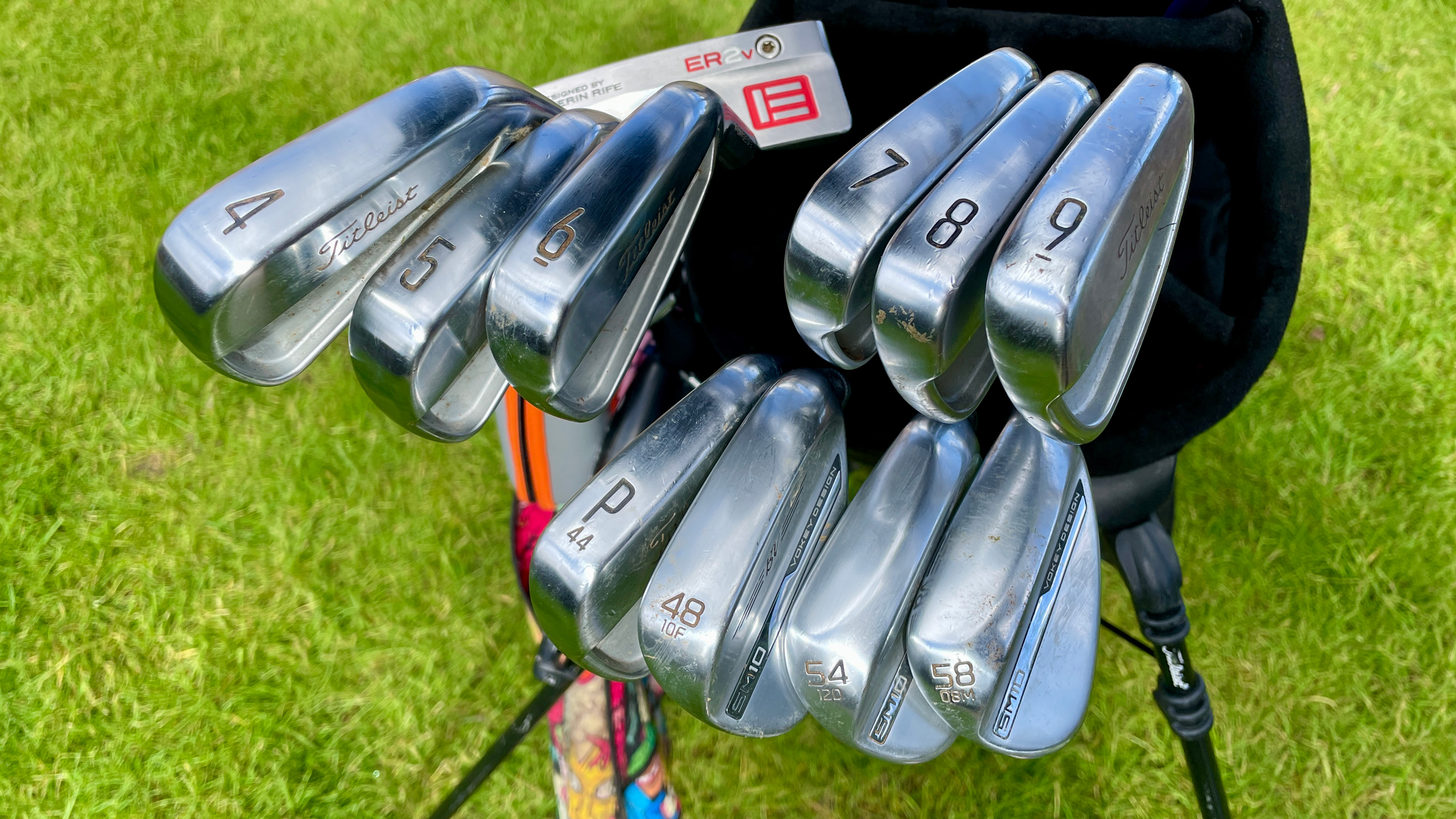

If you’re new to the game, you might be finding the world of golf equipment a little overwhelming. Even golfers who have been playing for years can get lost in the technical jargon – so don’t panic.
Often, the first question that beginners ask is: how many clubs do I need? The answer to that particular question is 14 – or at least that’s the maximum number of golf clubs that you’re allowed to carry when playing in a competition. Ideally, you’ll want each one to hit certain distances (yardages), with even gaps between them.
With that in mind, what clubs do you need? Most golfers, including professionals, will have a combination of driver, fairway woods and/or hybrid, six or seven different irons, three or four wedges and a putter – and they all have numbers on the bottom. Here's what those numbers mean...
Drivers, Fairway Woods & Hybrids
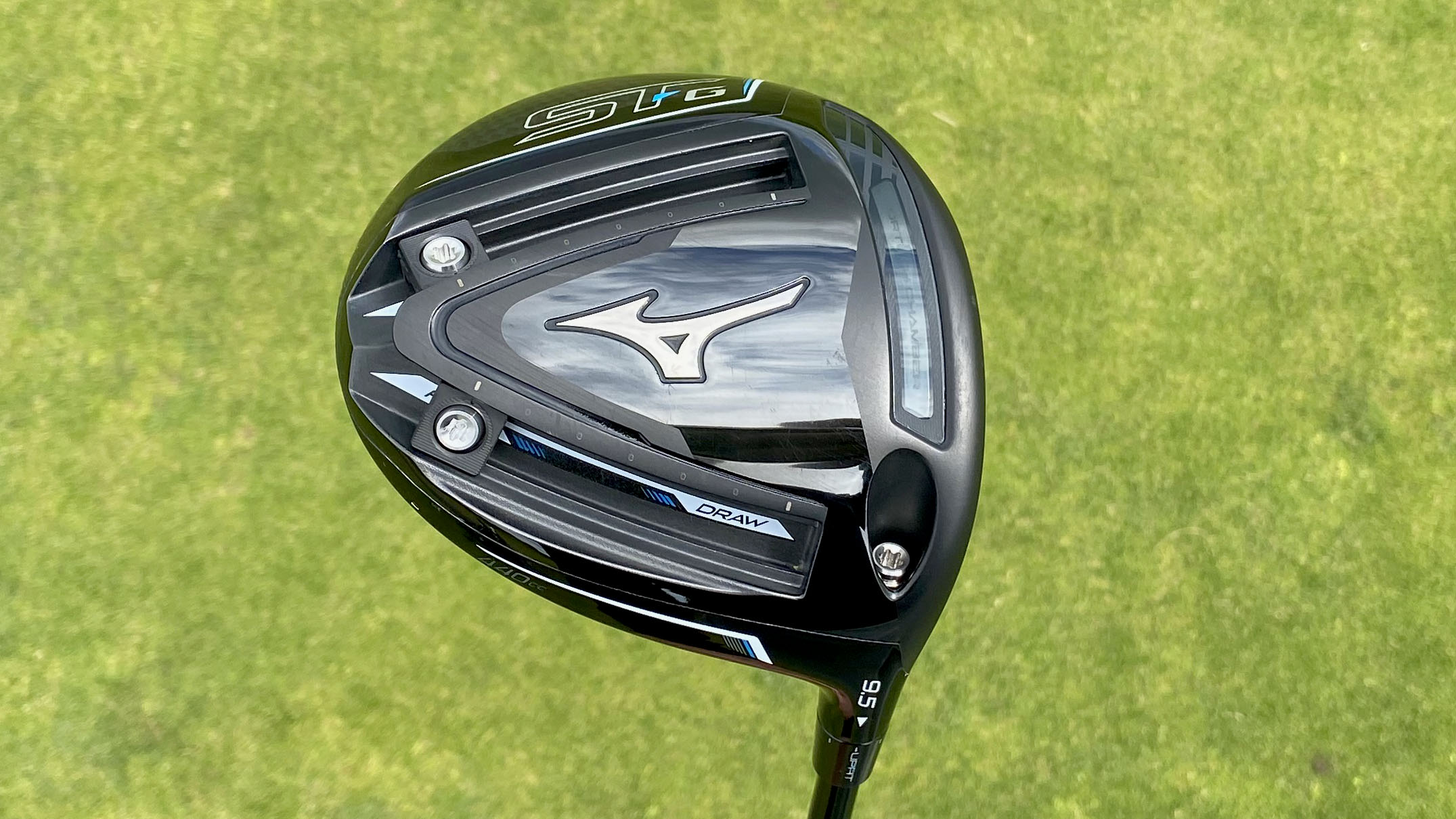
The 9.5 on this Mizuno ST-G driver means it has 9.5° of loft
The driver is the club with the biggest head and the longest shaft; it’s what players usually use off the tee on all but the shortest holes (par threes), because it’s designed to go the furthest distance.
Lots of drivers might have a number of the bottom because it's part of the name of the model, such as the TaylorMade Qi10 driver. That's not really what we're interested in in this particular article. Some golf drivers are adjustable, too, and having different settings, so there will be numbers on the hosel to show which one is selected.
Most drivers will also have a number on the sole that indicates the loft of the club, which is typically somewhere between 9° and 12°. This is the key number. Loft is the angle at which a clubface is angled upward.
With fairway woods, the loft of the club is also shown on the sole of the club. For a 3-wood, this is typically around 15°, and a 5-wood around 18-19°. You can also get 7, 9-wood and even 11-woods.
Get the Golf Monthly Newsletter
Subscribe to the Golf Monthly newsletter to stay up to date with all the latest tour news, equipment news, reviews, head-to-heads and buyer’s guides from our team of experienced experts.
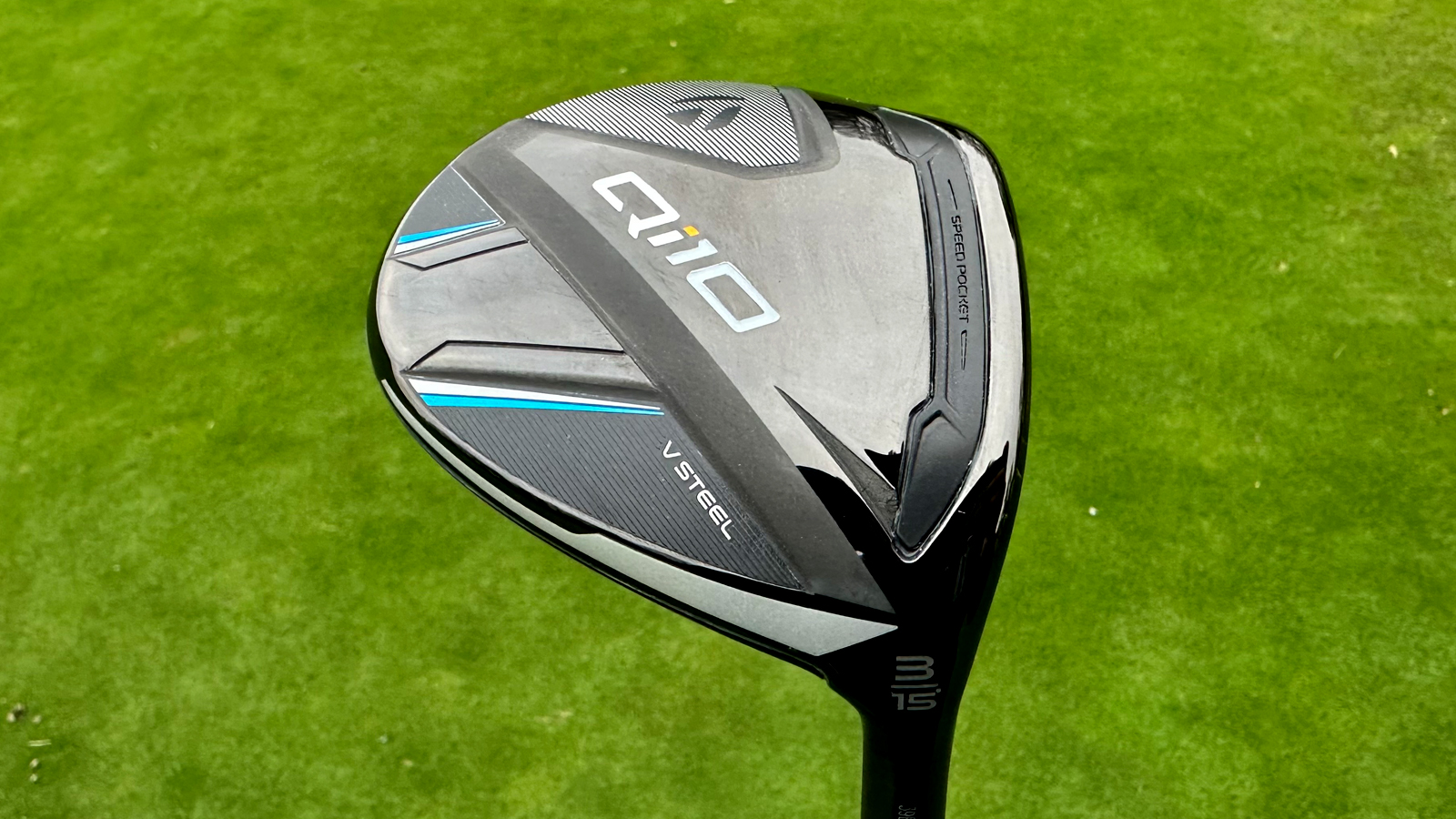
This is a TaylorMade Qi10 3-wood with 15° of loft
As well as the loft, many fairway woods will be numbered as ‘3’ or ‘5’, which means 3-wood and 5-wood. The higher the wood number, the greater the loft. As with drivers, the loft can also be adjusted, so additional numbers may appear on the hosel to show which setting you are on.
Hybrids typically have one number on the bottom. For example, a number 23 would tell you that that club has 23° of loft.
Irons
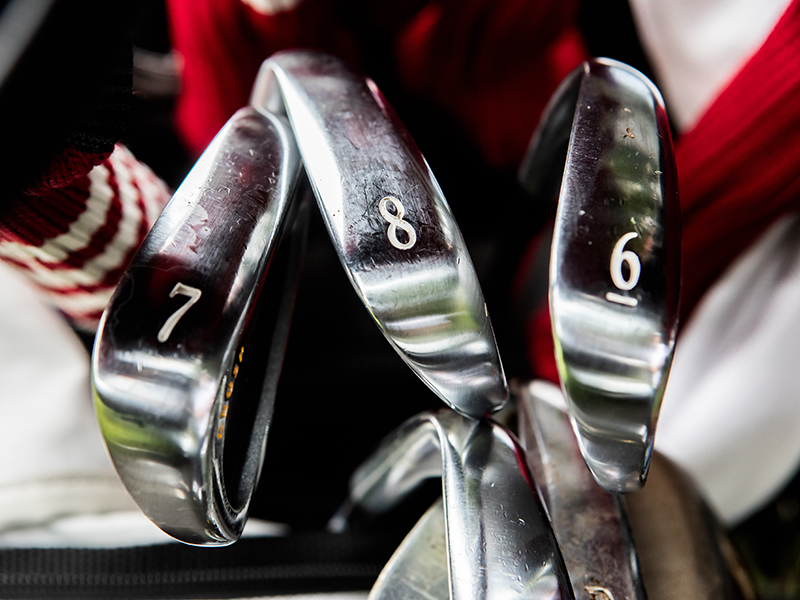
Irons are simply numbered from 1-9
Irons are numbered differently to drivers, fairway woods and hybrids. Typically, the number on the bottom doesn’t relate to the loft of the club. Instead, irons are numbered from 1-9. It’s rare for Tour players to carry 1 and 2-irons these days, and even 3 and 4-irons have been replaced with easier-to-hit hybrids.
To put it simply, the lower the number, the further that club has been designed to travel. For example, for an average club golfer, a 4-iron might travel 180 yards when struck well; a 5-iron 170 yards; a 6-iron 160 yards; and so on. So the higher the number on irons, the shorter the distance the ball will travel.
Wedges
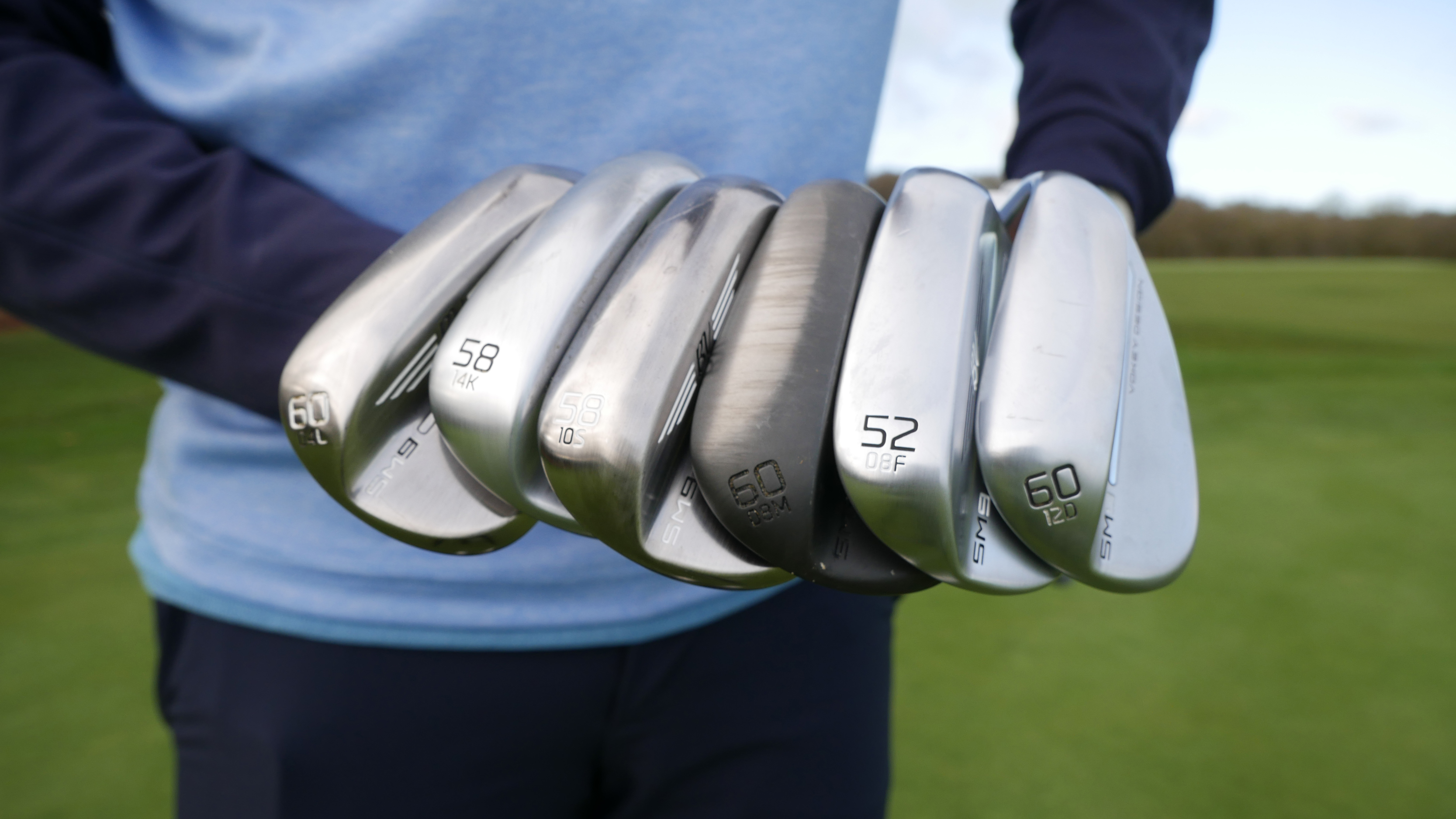
The big numbers on wedges represent loft, while the smaller numbers represent bounce
Wedges are numbered differently, and some have lots of different numbers on. Wedges are often called the scoring clubs, because they’re used when you are closer to the green and the hole.
Starting with ‘PW’, which is your pitching wedge, this will feature a letter (P or PW) and/or a number, such as 43. We’re back to putting the loft of the club on the bottom of the club, although this does vary between manufacturers and some sets will denote a 56° with a letter S for sand wedge and a 60° wedge with L for lob wedge.
The bigger the number on the bottom, the greater the loft. Tour players typically carry three to four wedges, and their ‘wedge set-up’ might look a little bit like this: 52°, 56°, 60°.
Beginners sometimes struggle at the start to know what club to hit. Let’s say you’re 40 yards from the hole with a bunker between you and the flag. Your best option is a wedge, perhaps the 60° one. With the greatest loft on the club, hit correctly it’s going to offer you the most height to send the ball up on a more vertical trajectory before landing on the green with less roll.
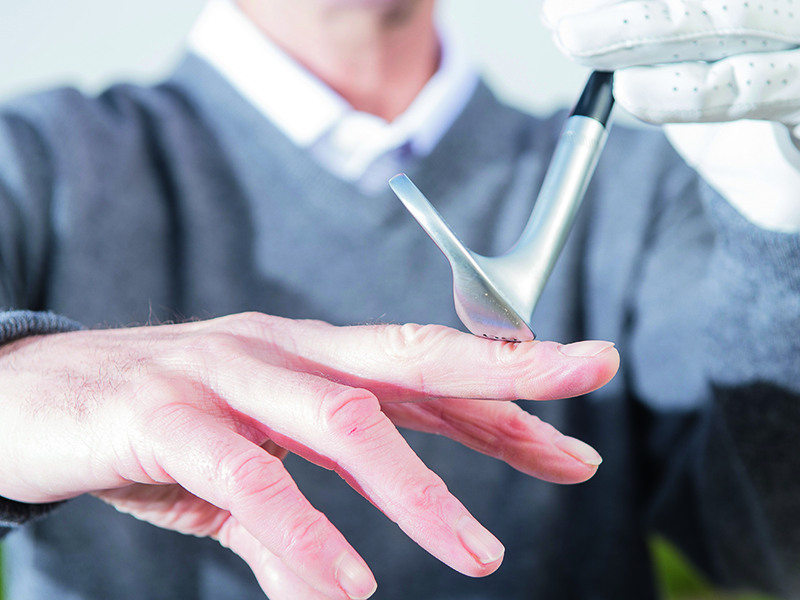
Bounce is the angle created between the leading edge and the lowest part of the sole
As well as loft being displayed on wedges, which is typically a number between 40 and 64 (remember, that’s degrees of loft), wedges will often have the ‘bounce’ on as well, another number to be aware of. Essentially, bounce is the angle created between the leading edge and the lowest part of the sole.
Manufacturers normally provide lots of different bounce options, as golfers have different preferences and techniques, and might select a different model according to the type of course they play . For example, you could find that a low bounce wedge, something like 4-6°, works extremely well on tight, baked out summer fairways. Finding the right wedges with the lofts and bounce that are suitable for your game is a crucial part of building a set of clubs.
Putters
Then you have your putter. Normally there are no numbers on the sole of the club that you need to be aware of, other than numbers that might form part of the name of the putter. Although putters have a flat face, they do have a very small amount of loft at around 3°. However, this number is rarely shown.

Michael has been with Golf Monthly since 2008. A multimedia journalist, he has also worked for The Football Association, where he created content to support the England football team, The FA Cup, London 2012, and FA Women's Super League. As content editor at Foremost Golf, Michael worked closely with golf's biggest equipment manufacturers and has developed an in-depth knowledge of this side of the industry. He's a regular contributor, covering instruction, equipment, travel and feature content. Michael has interviewed many of the game's biggest stars, including seven World No.1s, and has attended and reported on numerous Major Championships and Ryder Cups around the world. He's a member of Formby Golf Club in Merseyside, UK.
-
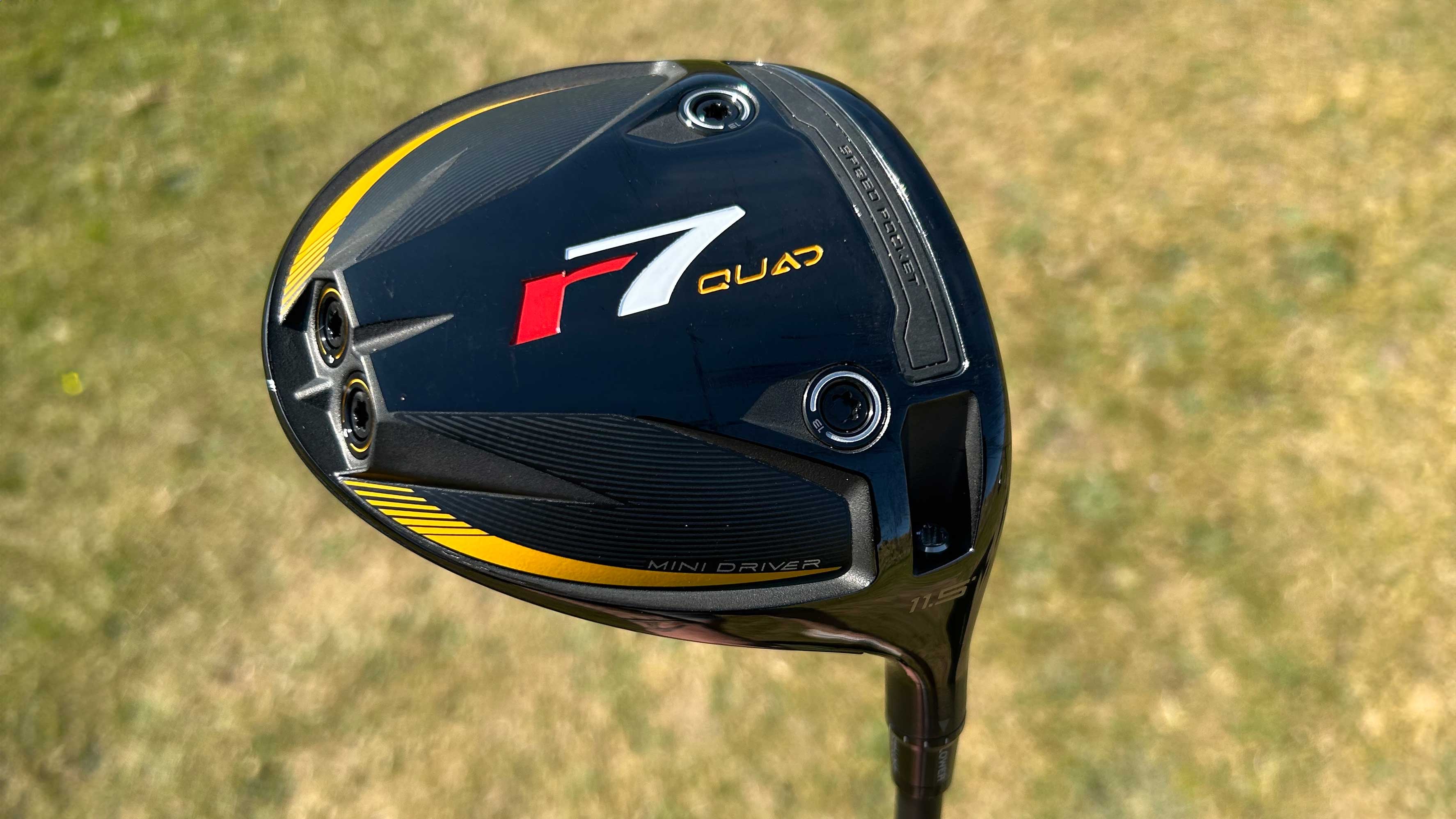 3 Reasons To Add A Mini Driver To Your Golf Bag
3 Reasons To Add A Mini Driver To Your Golf BagThe mini-driver has been popping up in more and more bags on professional tours all around the world in recent months. Could you be missing out if you haven't tried one yet?
By Joe Ferguson
-
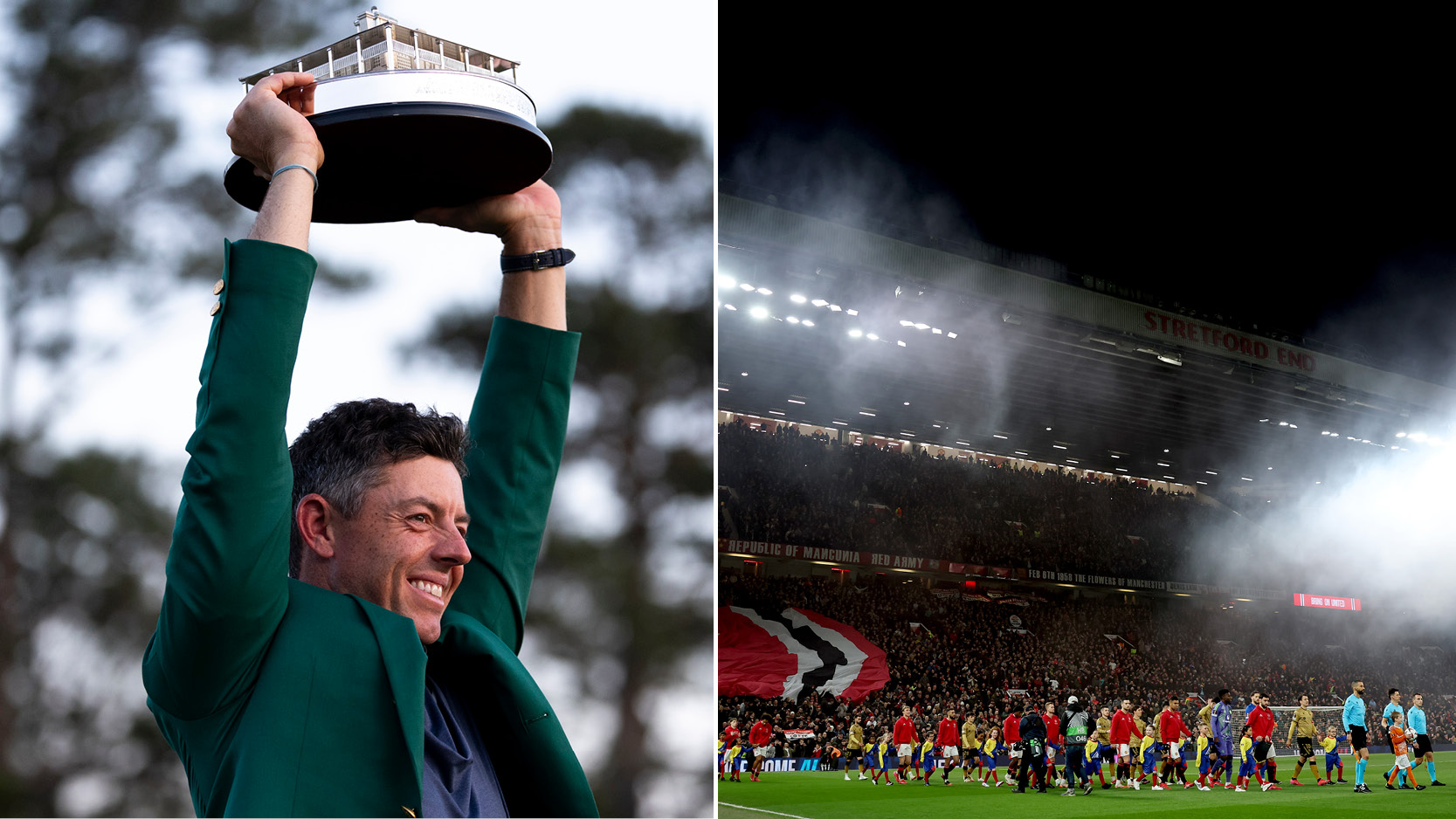 Rory McIlroy Invited To Old Trafford By Manchester United Boss Ruben Amorim After Masters Victory
Rory McIlroy Invited To Old Trafford By Manchester United Boss Ruben Amorim After Masters VictoryFollowing on from his Masters victory, McIlroy has received an invitation from Manchester United manager, Ruben Amorim, to show off his Green Jacket at Old Trafford
By Matt Cradock
-
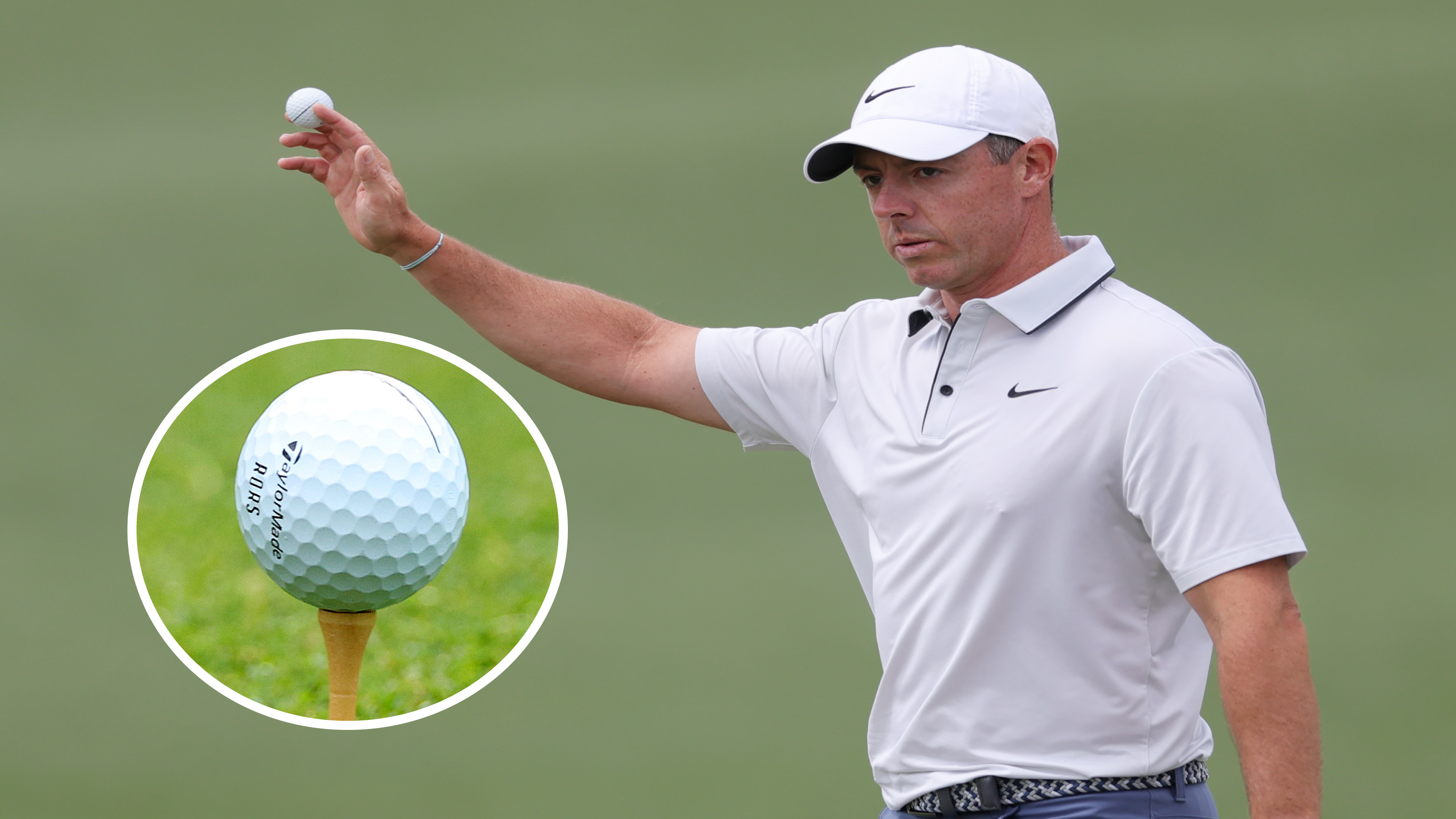 Could This 'Stumbled Upon' Equipment Switch Finally Land Rory McIlroy the Grand Slam?
Could This 'Stumbled Upon' Equipment Switch Finally Land Rory McIlroy the Grand Slam?Rory McIlroy made a golf ball change earlier this season that has reignited his wedge play and it could be about to pay off in the most dramatic possible way…
By Joe Ferguson
-
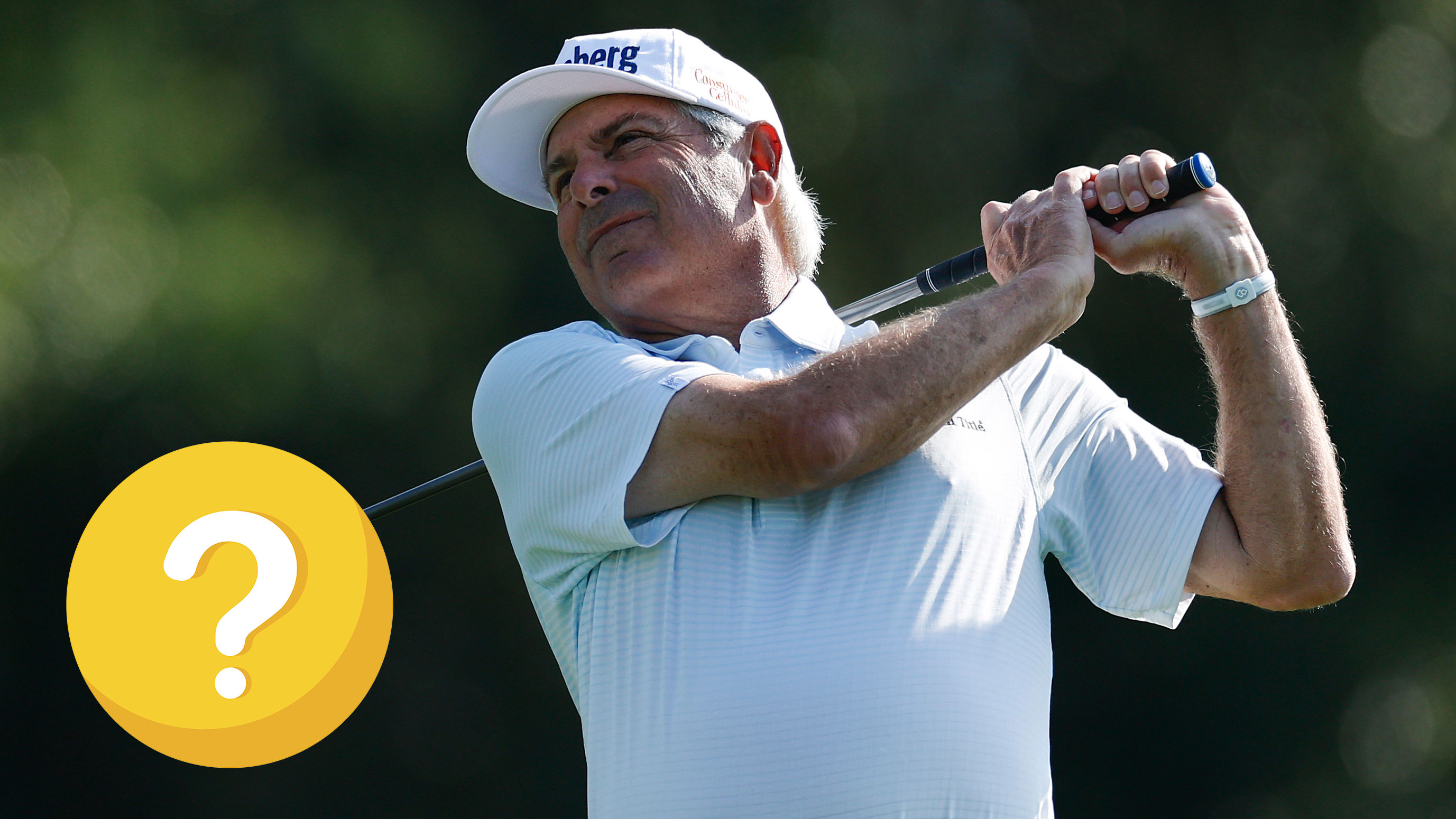 Real Players Use Long Irons, Right? Well, Fred Couples Nearly Made The Cut At The Masters At 65 Years Old, And His Longest Iron Is A…
Real Players Use Long Irons, Right? Well, Fred Couples Nearly Made The Cut At The Masters At 65 Years Old, And His Longest Iron Is A…Both Couples and Bernhard Langer turned back the clock brilliantly over the first two days at Augusta National and did so with some interesting bag setups.
By Joe Ferguson
-
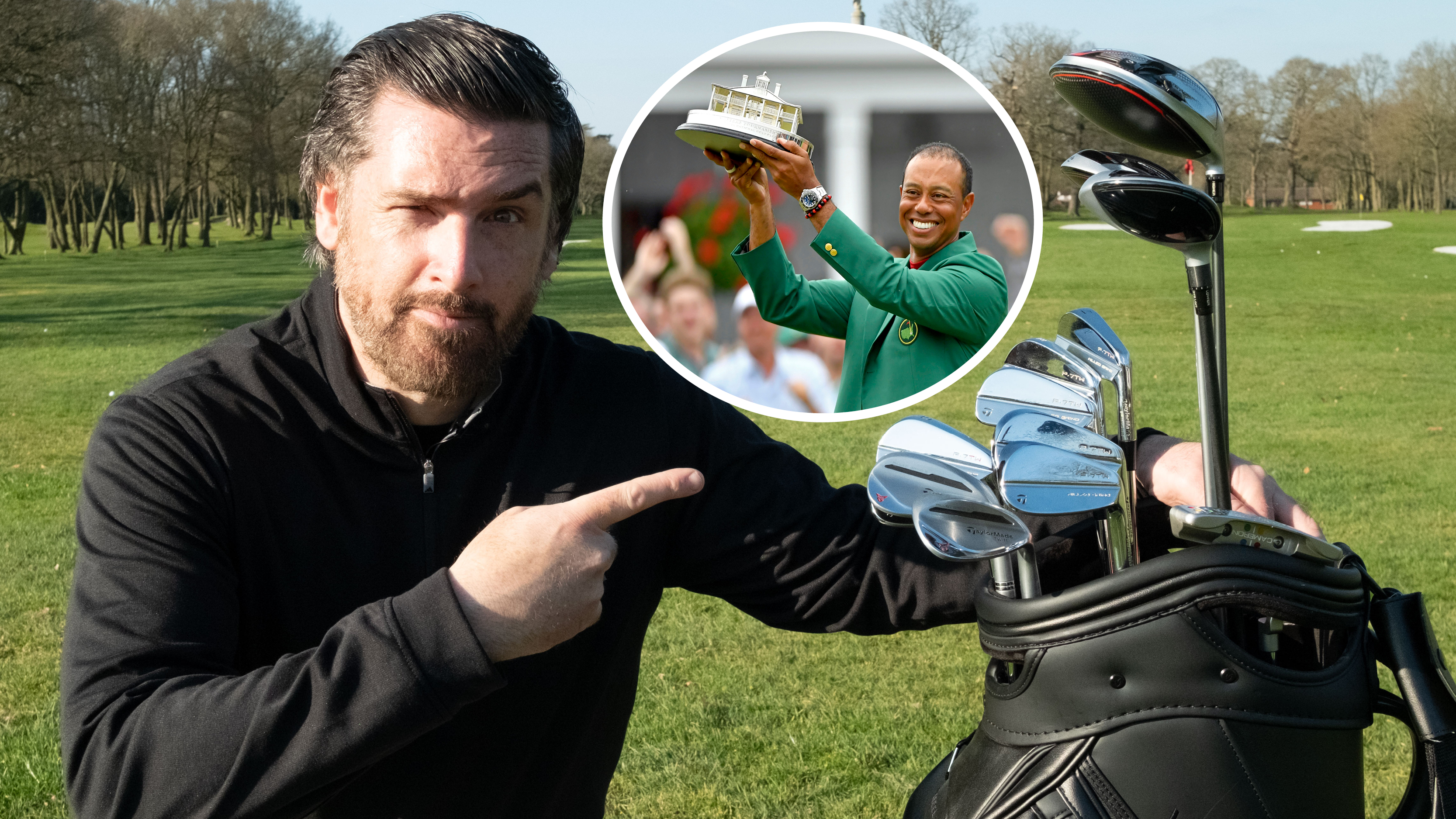 I Built Tiger Woods’ 2019 Masters Winning Bag From The Second-Hand Market!
I Built Tiger Woods’ 2019 Masters Winning Bag From The Second-Hand Market!PGA Professional Joe Ferguson has been taking a deep dive into Tiger’s bag for arguably the greatest victory of his career…
By Joe Ferguson
-
 How Titleist 'Used Every Tool In The Toolbox' To Enhance The New Pro V1 And Pro V1x Golf Balls
How Titleist 'Used Every Tool In The Toolbox' To Enhance The New Pro V1 And Pro V1x Golf BallsAfter months of testing and tour validation the new Titleist Pro V1 and Pro V1x golf balls are set to launch, but what's new? We explain all
By Sam De'Ath
-
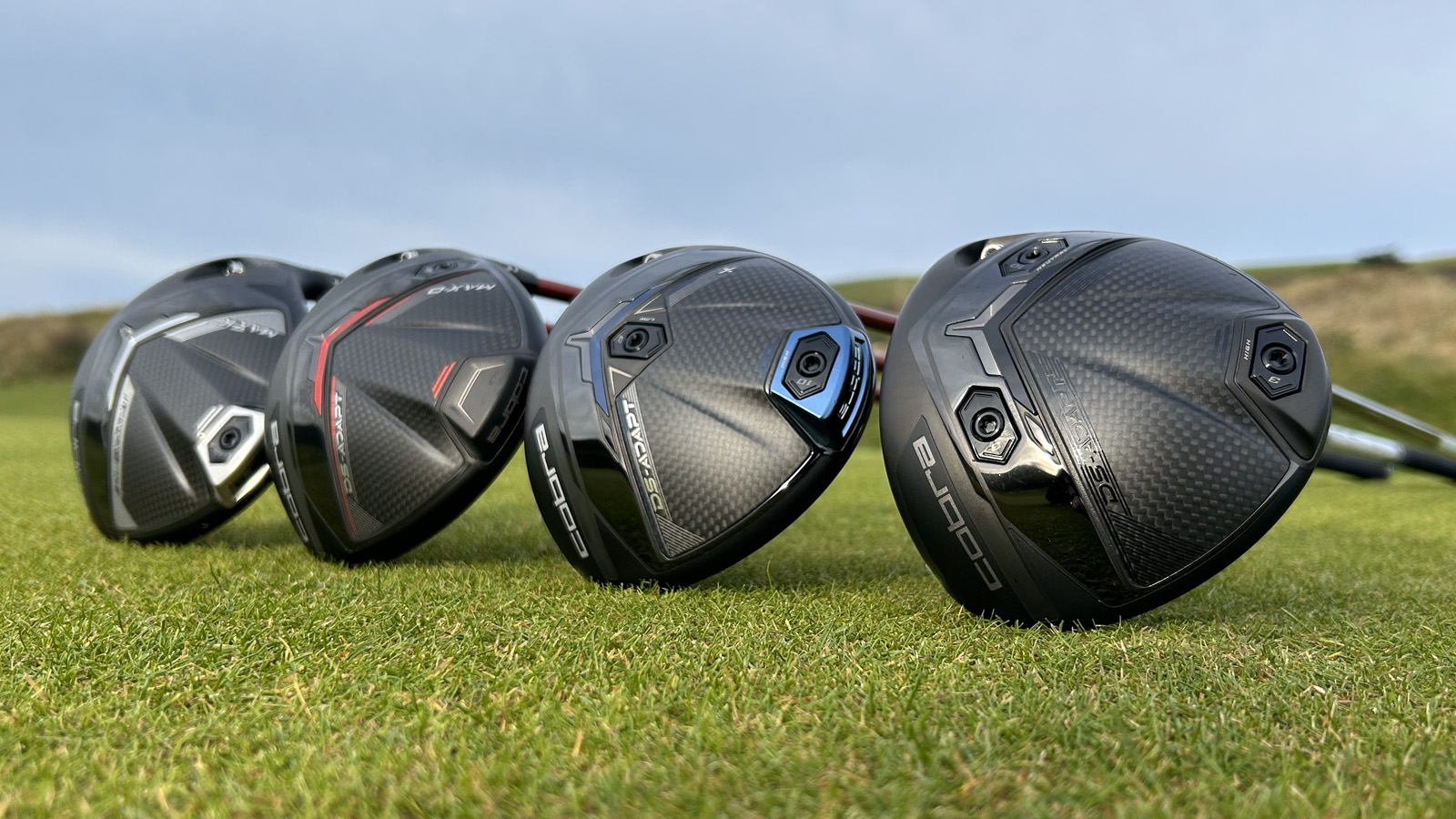 How The New Cobra DS-ADAPT Range Looks To Have Changed Driver Fitting Forever
How The New Cobra DS-ADAPT Range Looks To Have Changed Driver Fitting ForeverWith a revolutionary hosel design and refined aerodynamics, the Cobra DS-ADAPT may just become the standout driver in 2025
By Sam De'Ath
-
 £39 Vs £169 Wedge Test... Surprising Results!
£39 Vs £169 Wedge Test... Surprising Results!In his latest Retro Review, Joe Ferguson sees if the original Vokey wedge picked up for just £39 can compete with the modern equivalent four times the price
By Joe Ferguson
-
 7 Useful Golf Rangefinder Features You Never Knew About
7 Useful Golf Rangefinder Features You Never Knew AboutThink you know everything a rangefinder can do? Think again. We've got seven of the best features currently available on the best modern rangefinders
By Dan Parker
-
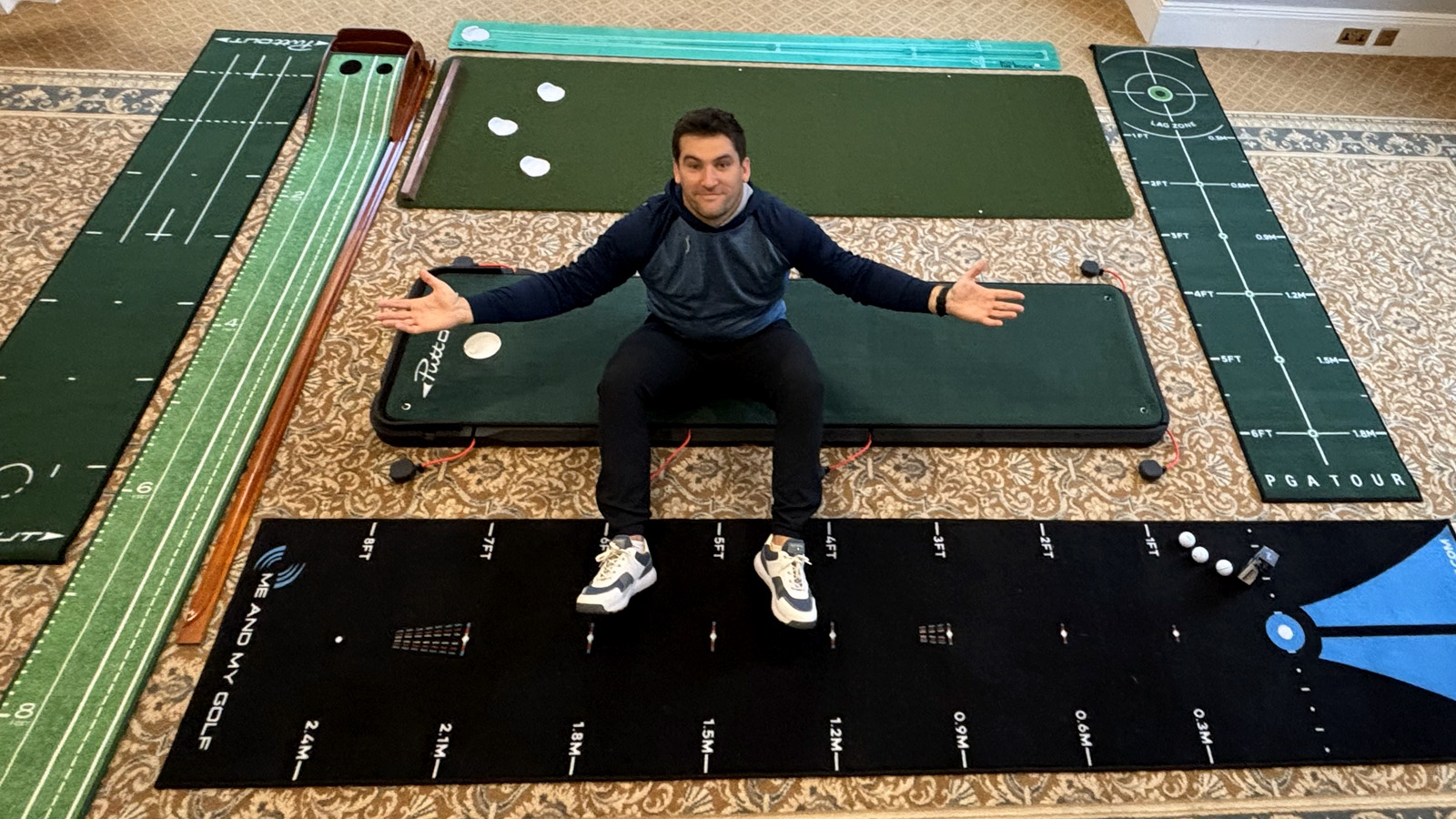 Do Putting Mats Help Improve Your Putting?
Do Putting Mats Help Improve Your Putting?Former professional golfer Sam De’Ath sheds light on whether or not a home putting mat can help improve your performance on the greens
By Sam De'Ath